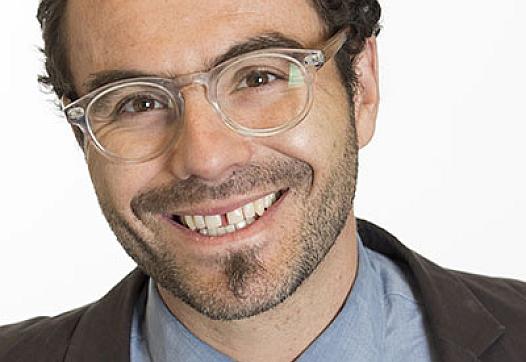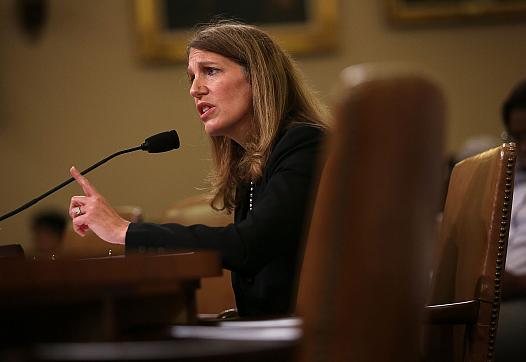
In a recent Reuters series, a team of reporters exposed what we still don't know about superbugs and highlighted a huge hole in that knowledge: the inaccuracy of death certificates.

In a recent Reuters series, a team of reporters exposed what we still don't know about superbugs and highlighted a huge hole in that knowledge: the inaccuracy of death certificates.

The use of air ambulances is on the rise and so are the sky-high surprise bills that often follow. So far states have been stymied in their efforts to regulate the industry. It's a story worth exploring in your community.

This week, we caught up with Lisa Aliferis, senior communications officer for California Health Care Foundation’s High Value Care Team, and former health editor of KQED’s State of Health. Here are her top morning reads.

Donald Trump and Hillary Clinton are merely the latest in a long line of American politicians who have cast aspersions on the Canadian health care system. Here's what they don't get.

This week, we caught up with Dan Gorenstein, senior reporter for Marketplace’s Health Desk. Here are his top morning health news reads.

A program that creates market incentives to encourage drug makers to target rare pediatric diseases seemed like good policy at first. But evidence of the program's effectiveness is missing.
![Proponents of the public option didn’t prevail in 2009. They’re still unlikely to do so today. [Photo: Scott Olson/Getty Images]](/sites/default/files/styles/teaser_list_thumbnail_large/public/title_images/GettyImages-92613210.jpg?itok=alSIrQRP)
What's known as the "public option" has been given a fresh push by Clinton's campaign and the Democratic Party this year. But while the Obamacare problems it seeks to address are real, it's an unlikely solution.
![[Photo by Getty Images]](/sites/default/files/styles/teaser_list_thumbnail_large/public/title_images/GettyImages-516336064.jpg?itok=TtA_ZBY4)
Too often, people experience death in ways deeply at odds with how they'd wish to live out their final days. In a recent webinar, a policy expert and journalist shared ideas for how the U.S. healthcare system navigates the end of life.

High levels of flux in the Obamacare exchanges make it a tough story to cover. Veteran observer Steven Findlay breaks down some of the key trends and offers reporters advice on how to make sense of the confusion.
Here we check in with prominent health journalists and experts to see what sites, newsletters and social media feeds they turn to first every morning. This week, we caught up with Charles Ornstein, senior reporter for ProPublica.